Understanding the Complex Relationship Between Loneliness and Behavioral Health
Loneliness is more than a fleeting feeling; it is a critical public mental health issue exacerbated by the COVID-19 pandemic and known to impact millions of adults across the U.S. This emotional state, characterized by perceived isolation and lack of meaningful social interactions, significantly increases risks of physical illness and mental health disorders. Importantly, loneliness often intersects with substance use disorders and mental illnesses, forming complex challenges that require comprehensive, integrated behavioral health support. This article explores how behavioral health services play an essential role in combating loneliness through evidence-based treatment and community support, promoting holistic recovery and well-being.
The Scope and Impact of Loneliness on Mental and Physical Health

What is loneliness and how does it affect health?
Loneliness is an emotional state defined by feelings of isolation and a perceived lack of social contact or belongingness. Unlike social isolation, which is a measurable lack of social connections, loneliness is subjective and centers on how people feel about their relationships.
In the United States, loneliness affects between 11% and 22% of adults. This prevalence increases significantly with age, with up to 35% of adults aged 45 and older experiencing loneliness. This indicates that loneliness is a common emotional experience, especially among middle-aged and older populations.
The impact of loneliness on health is profound. Physically, prolonged loneliness has been linked to several serious health conditions including heart disease, elevated blood pressure, stroke, obesity, and impaired immune function. This cascade of health risks is partly due to prolonged stress responses in the body.
Mentally, loneliness is strongly associated with disorders such as depression and anxiety. It also contributes to cognitive decline, dementia, and an increased risk of suicidal thoughts and behaviors. Chronic loneliness acts as both a symptom and a risk factor for these mental health challenges.
Physiologically, lonely individuals exhibit higher cortisol levels, a hormone released during stress. Elevated cortisol over time can damage brain function and increase vulnerability to both psychological and physical illnesses.
Understanding loneliness as more than just an unpleasant feeling, but as a significant public health issue, highlights the need for effective interventions to reduce its widespread impact on well-being.
Loneliness as Both a Cause and Consequence in Substance Use and Mental Health Disorders

How Does Loneliness Correlate with Increased Substance Use?
Research highlights a clear link between loneliness and increased use of substances such as marijuana and alcohol. Feelings of loneliness can temporarily reduce emotional distress, prompting individuals to use substances as a coping mechanism. This association is particularly evident during stressful periods like the COVID-19 pandemic, when social isolation heightened and many turned to alcohol and drugs to alleviate their sense of isolation.
What Role Does Loneliness Play in Alcohol Misuse?
Loneliness contributes significantly to both the development and maintenance of alcohol misuse. During major life disruptions or ongoing stress, lonely individuals may increase their drinking, which can escalate into problematic behaviors. Studies show that high-risk drinkers experiencing loneliness face a higher risk of progressing into alcohol dependence.
How Does Loneliness Impact Relapse and Mental Health During Addiction Recovery?
Loneliness is common during recovery from addiction and can trigger relapse by intensifying feelings of depression and anxiety. A robust social support network is critical for maintaining sobriety and mental wellbeing. Expressing feelings of loneliness to trusted friends, family, or mental health professionals helps reduce isolation. Engaging in community activities, hobbies, and therapy strengthens social connections and mitigates loneliness, aiding sustained recovery.
How Are Substance Use Disorders Connected to Mental Health Conditions?
Substance use disorders (SUD) frequently occur alongside mental health disorders such as depression, anxiety, bipolar disorder, and serious mental illnesses. Nearly one in three adults in the U.S. experience co-occurring disorders annually, underscoring the importance of integrated treatment approaches that address both conditions simultaneously. Environmental factors like trauma, stress, and genetics influence the development of these concurrent disorders.
What Are the Statistics on Co-Occurring Disorders and Pandemic-Related Increases in Substance Use?
The COVID-19 pandemic intensified existing mental health and substance use challenges. Approximately 30% of adults reported harmful drinking, and 22% admitted to drug use in response to pandemic stresses. Nearly half of individuals with substance use disorders also experience serious mental illnesses, demonstrating the pervasive and intertwined nature of these conditions.
What Types of Addiction Require Comprehensive Treatment Services?
Addictions that necessitate comprehensive treatment include substance use disorders involving alcohol, opioids, stimulants, sedatives, cannabis, inhalants, and nicotine. Behavioral addictions such as gambling, internet gaming, social media, food, shopping, and sex also require attention. These addictions involve complex neurobiological and environmental components sustaining the behavior. Effective treatment combines:
- Detoxification and medication-assisted therapies (e.g., methadone, buprenorphine)
- Behavioral therapies like cognitive-behavioral therapy (CBT) and motivational interviewing
- Family-centered interventions addressing environmental factors
- Multi-level, integrated care customized to individual needs
Recognizing addiction as a chronic disease with a high relapse potential guides sustained recovery efforts.
| Aspect | Details | Importance |
|---|---|---|
| Loneliness and Substance Use | Promotes temporary relief but increases risk of misuse; notable increase during COVID-19 pandemic | Highlights need for social support in prevention and recovery |
| Alcohol Misuse and Loneliness | Loneliness raises risk of dependence, especially in high-risk drinkers | Early intervention crucial for at-risk individuals |
| Relapse and Recovery | Loneliness triggers depression/anxiety, increasing relapse risk | Strong social networks and therapy aid sustained sobriety |
| Co-occurring Disorders Prevalence | Nearly 1 in 3 adults experience SUD and mental health disorders together | Integrated care essential for effective treatment |
| Pandemic Impact | Significant rise in harmful drinking/drug use linked to isolation and mental stress | Emphasizes need for accessible treatment resources |
| Addiction Types and Treatments | Includes various substances and behavioral addictions; combines meds, therapies, family support | Comprehensive, tailored care improves outcomes |
Integrated Behavioral Health Approaches Addressing Loneliness and Co-occurring Disorders
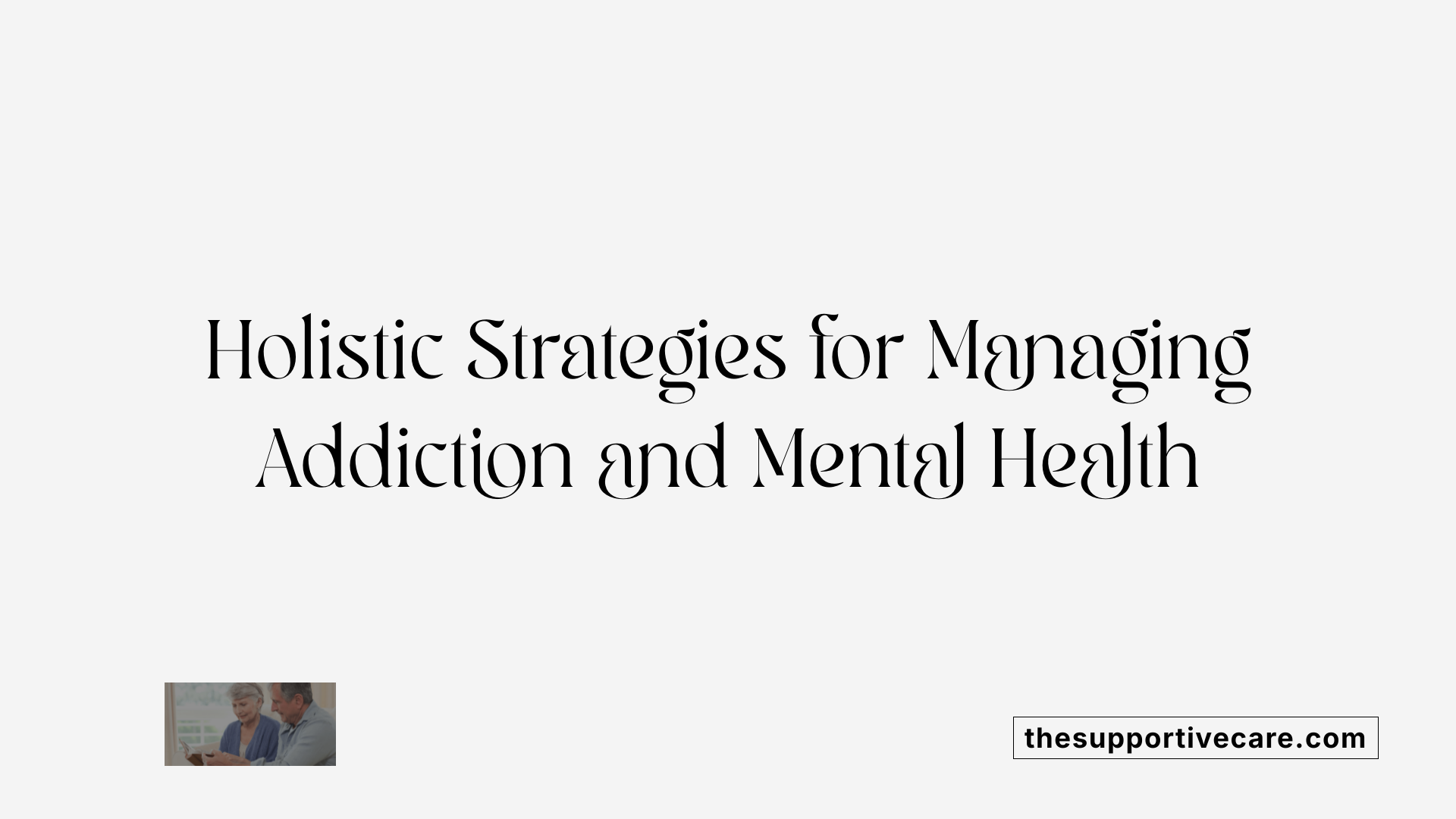
How are mental health issues addressed within comprehensive addiction treatment programs?
Mental health issues are tackled alongside addiction through integrated care models that treat both simultaneously. This approach begins with comprehensive psychiatric assessments to accurately identify co-occurring disorders such as depression, anxiety, or bipolar disorder. These evaluations ensure personalized treatment planning.
Combining mental health and substance use treatment
Integrated care merges mental health and substance use treatment in one coordinated program. This often involves behavioral therapies, medication management, and continuous care oversight. Addressing both conditions together improves treatment adherence and outcomes, reduces relapse risk, and helps restore daily functioning.
Effective behavioral therapies
Several therapies effectively manage co-occurring disorders and loneliness. Cognitive-behavioral therapy (CBT) reshapes negative thought patterns and builds coping skills. Contingency management uses incentives to encourage sobriety. Motivational interviewing boosts readiness to change and engagement. These therapies combat loneliness by enhancing social skills and emotional regulation.
The role of psychiatric assessments and medication management
Psychiatric assessments guide the use of medications that treat addictions (e.g., methadone or buprenorphine for opioid use disorder) and alleviate mental health symptoms. Some medications address both simultaneously, offering dual benefits. Ongoing medication adjustments ensure optimal symptom control during recovery.
Family-centered interventions
Programs like Multisystemic Therapy and Functional Family Therapy involve family members to improve dynamics and address environmental stressors influencing addiction and mental health. This strengthens support networks, reducing isolation and loneliness.
Federal resources supporting integrated care
Organizations like SAMHSA provide evidence-based guidelines, treatment tools, and training aimed at delivering integrated services. Their resources cover opioid use disorder, co-occurring conditions, suicide prevention, trauma-informed care, and telehealth integration. These efforts promote effective, accessible treatment nationwide.
By combining personalized behavioral therapies, medication management, family engagement, and federal support, integrated behavioral health approaches comprehensively address the complex interplay of loneliness, addiction, and mental health disorders.
Comprehensive Treatment Services for Substance Abuse: From Detox to Aftercare

What types of comprehensive treatment services are available for substance abuse?
Comprehensive treatment for substance abuse covers a broad spectrum of services designed to address the physical, psychological, and social aspects of addiction. The process often begins with medical detoxification, which safely manages withdrawal symptoms under professional supervision.
Following detox, individuals may enter inpatient or outpatient rehabilitation programs. These programs provide structured environments where patients receive medical care and therapeutic support tailored to their needs.
Medication-assisted treatment (MAT) plays a crucial role, especially for opioid and alcohol addictions. Medications like methadone and buprenorphine help reduce cravings and withdrawal symptoms, supporting sustained recovery. Naltrexone is another medication frequently used to treat both opioid and alcohol use disorders.
A variety of counseling and behavioral therapies are integral to treatment. Therapies such as motivational interviewing and cognitive behavioral therapy (CBT) help individuals develop coping strategies and address underlying thought patterns that contribute to substance use.
Treatment programs are often customized for special populations, including pregnant women, veterans, and people with co-occurring mental health disorders, reflecting the importance of integrated care.
Aftercare services are vital for preventing relapse. These include peer support groups, relapse prevention planning, transitional housing, and ongoing counseling.
Government resources such as FindTreatment.gov, managed by SAMHSA, provide access to comprehensive listings of treatment facilities as well as crisis support services like helplines, emphasizing a holistic approach to recovery.
| Service Component | Description | Examples/Details |
|---|---|---|
| Medical Detoxification | Medication and medical supervision during withdrawal | Hospital or specialized detox centers |
| Rehabilitation Programs | Structured inpatient/outpatient care | Long-term treatment centers, day programs |
| Medication-Assisted Treatment (MAT) | Use of FDA-approved medications | Methadone, buprenorphine, naltrexone |
| Behavioral Therapies | Therapy to develop coping skills and modify behavior | CBT, motivational interviewing, contingency management |
| Special Populations Treatment | Tailored programs for unique needs | Pregnant women, veterans, co-occurring disorders |
| Aftercare Services | Support services post-treatment | Peer groups, relapse prevention, transitional housing |
This comprehensive approach recognizes that successful substance abuse treatment requires more than detoxification — it demands ongoing support, therapy, and community engagement to sustain recovery.
Addressing Loneliness in Addiction Recovery: Behavioral Health Strategies and Support
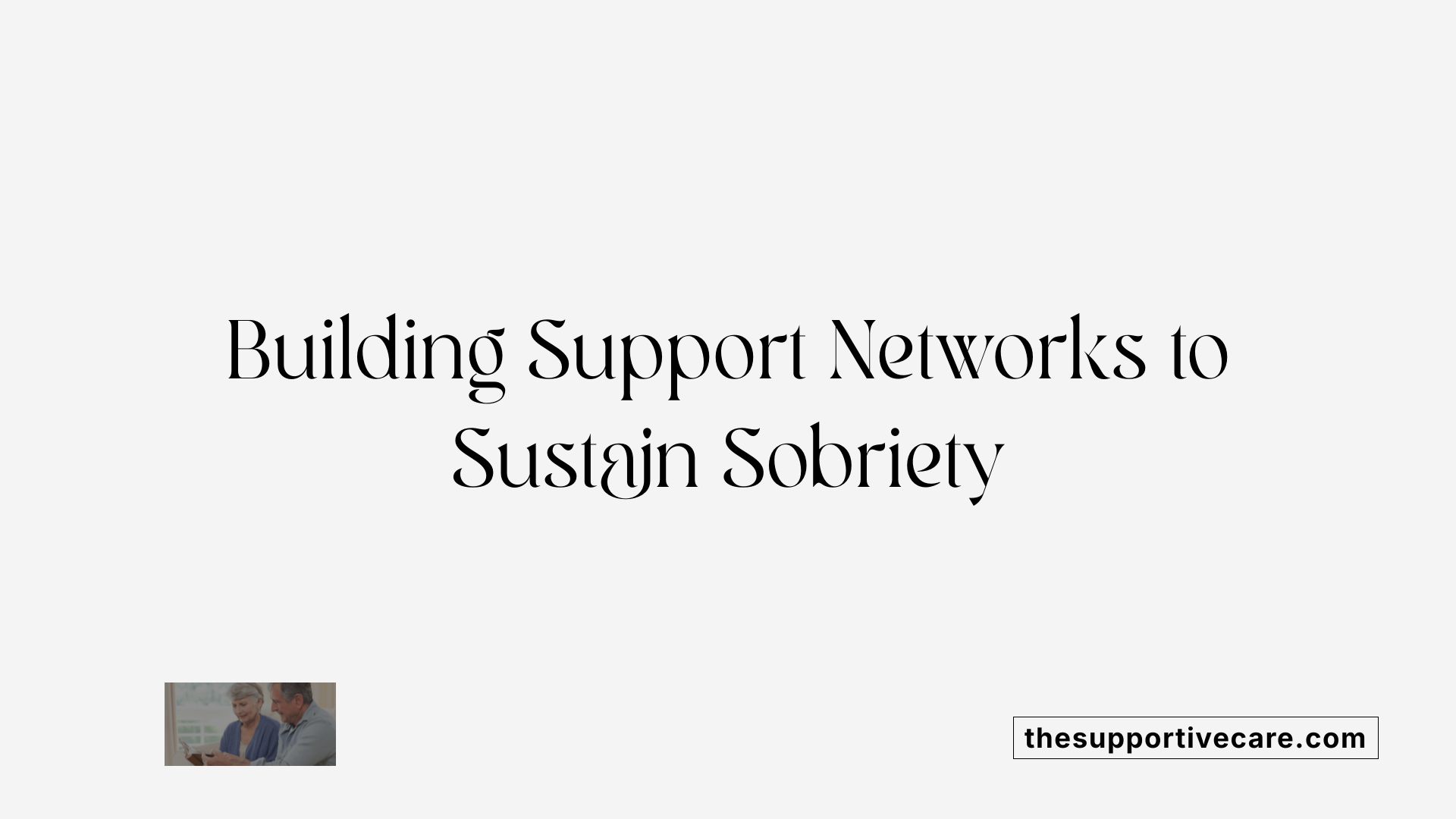
How common is loneliness during addiction recovery?
Loneliness is a prevalent emotional challenge in addiction recovery. Many individuals recovering from substance use disorders experience feelings of isolation, which if unaddressed, can contribute to a higher risk of depression, anxiety, and relapse.
What risks does loneliness pose for recovery?
Feelings of loneliness during recovery may trigger mental health struggles. Loneliness can intensify symptoms of depression and anxiety and is linked to an increased chance of returning to substance use. The emotional distress caused by isolation may lead some individuals to seek relief through substances, undermining recovery progress.
Why is building a social support network important?
Developing a strong social support network is critical for sustaining sobriety and improving mental well-being. Trusted relationships offer emotional support, reduce feelings of isolation, and provide encouragement throughout the recovery journey.
How can individuals express feelings of loneliness safely?
Sharing feelings of loneliness with trusted friends, family members, or mental health professionals can significantly lessen the burden of isolation. Open communication allows individuals to gain support and guidance, promoting healthier coping mechanisms.
What activities help reduce isolation?
Engaging in activities such as regular exercise, volunteering, and pursuing hobbies can foster new social connections and improve mood. These activities not only occupy time but also build meaningful relationships that combat loneliness.
What role do patience and self-compassion play during recovery?
Recognizing that feelings of loneliness are a normal part of recovery encourages patience and self-compassion. Healing takes time, and accepting this process helps individuals manage emotional challenges without self-criticism, which supports long-term recovery success.
Evidence-Based Behavioral Therapies Effective for Loneliness and Co-occurring Disorders
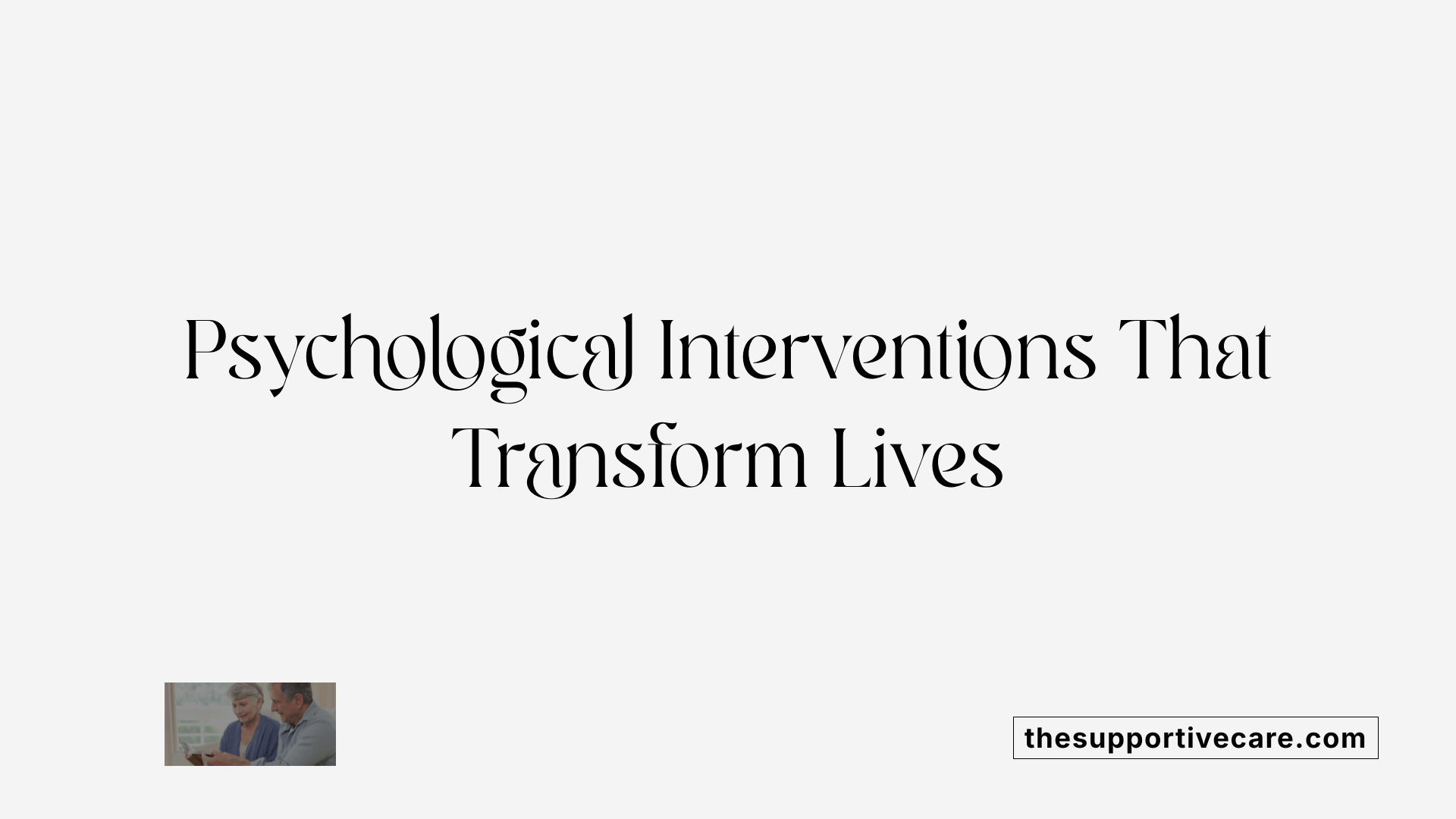
Cognitive Behavioral Therapy (CBT) for Loneliness
CBT is widely recognized as an effective treatment for chronic loneliness by helping individuals reshape negative thought patterns that contribute to feelings of isolation. This therapy encourages patients to identify and challenge harmful perceptions about themselves and their social connections, promoting healthier behavioral responses and improved social functioning.
Dialectical Behavioral Therapy (DBT) for Co-occurring Disorders
DBT offers valuable support for individuals grappling with both substance abuse and mental health challenges. By focusing on emotional regulation, distress tolerance, and interpersonal effectiveness, DBT addresses overlapping symptoms found in addiction and mental illnesses, providing comprehensive tools to manage these co-occurring conditions effectively.
Family-Centered Interventions
Therapies such as Multisystemic Therapy and Functional Family Therapy emphasize enhancing family dynamics and improving environmental factors that contribute to loneliness and addiction. By involving family members, these approaches work to create supportive home environments that facilitate sustained recovery and mental wellness.
Contingency Management and Motivational Interviewing
These behavioral therapies focus on reinforcing positive behaviors and enhancing motivation to change. Contingency management uses tangible rewards to encourage sobriety and engagement in treatment, whereas motivational interviewing helps individuals resolve ambivalence and commit to recovery, both contributing to reduced loneliness and improved outcomes.
Inclusion of Art Therapy, Trauma Therapy, and Holistic Approaches
Treatment centers like Fountain Hills Recovery integrate creative and holistic modalities such as art therapy, trauma therapy, meditation, and yoga. These therapies complement traditional approaches by addressing underlying emotional and psychological factors, promoting self-expression, healing, and overall well-being.
| Therapy Type | Target Areas | Treatment Benefits |
|---|---|---|
| Cognitive Behavioral Therapy | Loneliness, negative thought patterns | Reshapes thoughts, improves social interaction |
| Dialectical Behavioral Therapy | Substance abuse, mental health | Enhances emotional regulation and interpersonal skills |
| Family-Centered Interventions | Family dynamics, environment | Supports recovery through improved relationships |
| Contingency Management | Behavior reinforcement | Encourages positive behavior with rewards |
| Motivational Interviewing | Motivation for change | Resolves ambivalence and boosts treatment engagement |
| Art/Trauma/Holistic Therapies | Emotional and psychological healing | Promotes self-expression and wellness |
Digital and Community Resources Supporting Behavioral Health and Loneliness Reduction
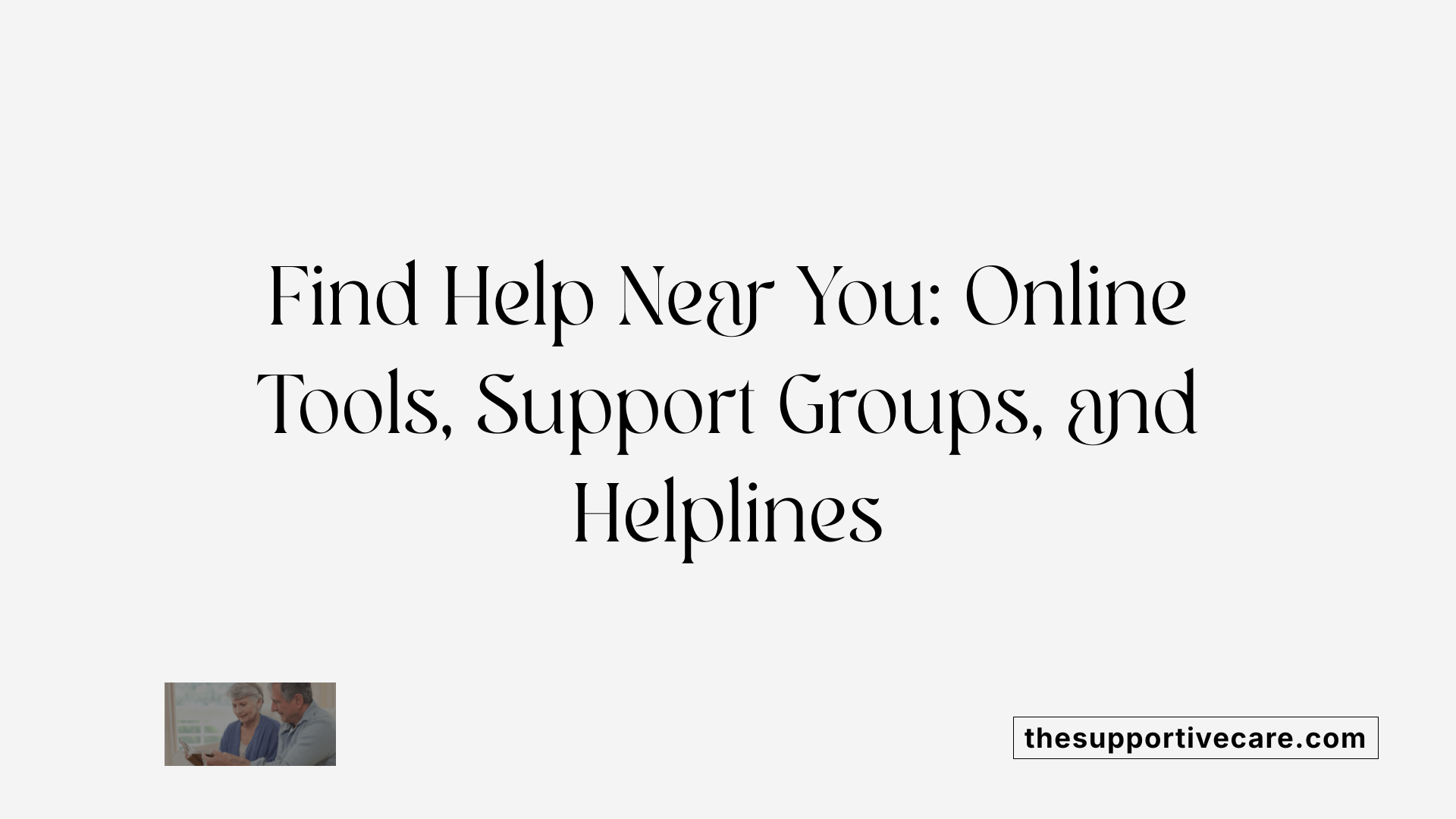
What Online Resources Are Available for Behavioral Health Support?
FindTreatment.gov, a US government website managed by SAMHSA, offers an authoritative treatment facility locator updated annually via national surveys. It helps individuals find treatment for mental health and substance use disorders efficiently. SAMHSA’s Evidence-Based Practices Resource Center is another vital online tool, providing clinicians, communities, and policymakers with guidelines, toolkits, and practical resources focused on substance use prevention, mental health, and co-occurring disorders.
How Do Mutual Support Groups Contribute to Recovery?
Mutual support groups such as Alcoholics Anonymous (AA) and Narcotics Anonymous (NA) offer peer-based encouragement and accountability, essential for sustaining long-term recovery. These groups provide safe spaces for sharing experiences, reducing isolation, and fostering a sense of belonging, which is crucial in countering loneliness.
What Role Do Digital Tools and Telehealth Services Play?
Sobriety-tracking apps help individuals monitor their progress, set recovery goals, and stay motivated by offering reminders and tracking milestones. Telehealth behavioral health services expand access to treatment by connecting patients with mental health professionals remotely, which is especially helpful for those facing barriers to in-person care.
How Can Community Engagement Reduce Loneliness?
Engaging in community strategies such as joining local groups, volunteering, participating in hobbies, or attending social activities fosters meaningful social connections. These activities mitigate feelings of loneliness by promoting interaction, building friendships, and enhancing emotional support networks.
What Crisis Helplines Are Available for Immediate Support?
Crisis helplines like the 988 Suicide & Crisis Lifeline provide immediate, 24/7 mental health crisis support. They offer confidential assistance for those experiencing emotional distress, suicidal thoughts, or substance misuse challenges, connecting callers to trained professionals and local services.
Together, these digital platforms, mutual support groups, mobile tools, community connections, and helplines build a comprehensive support system addressing behavioral health and loneliness effectively.
Public Health Initiatives and Policy Efforts to Combat Loneliness through Behavioral Health

Recognition of loneliness as a public mental health crisis
Loneliness has increasingly been recognized by public health professionals as a significant mental health issue, especially accentuated during and after COVID-19 pandemic lockdowns. Its impact extends beyond emotional distress, being linked to conditions like depression, anxiety, and suicidality.
Government commitment to improving prevention, treatment, and recovery support
SAMHSA, a key federal agency, demonstrates a strong commitment to enhancing services for mental and substance use disorders. This involves promoting evidence-based practices and expanding access to comprehensive preventive and recovery resources aimed at improving behavioral health outcomes.
Implementation of trauma-informed care and expansion of behavioral health workforce
Recent public health efforts emphasize trauma-informed care to address the underlying issues contributing to mental health and substance use disorders. Additionally, expanding and training the behavioral health workforce is critical to meet rising service demands associated with loneliness and related disorders.
Use of digital therapeutics and telehealth to increase access
To improve accessibility, especially in underserved areas, initiatives increasingly utilize digital therapeutics and telehealth. These technologies support individuals suffering from loneliness, mental illness, and substance use by providing remote screening, diagnosis, counseling, and ongoing treatment.
Focus on opioid use disorder, serious mental illness, depression, suicide prevention, and co-occurring disorders
Public health policies prioritize high-impact areas such as opioid use disorder, serious mental illness, depression, suicide prevention, and co-occurring conditions. Integrated care models delivered through government-supported programs ensure coordinated treatment approaches to these interconnected challenges.
Building Resilience: Practical Steps Individuals Can Take Against Loneliness
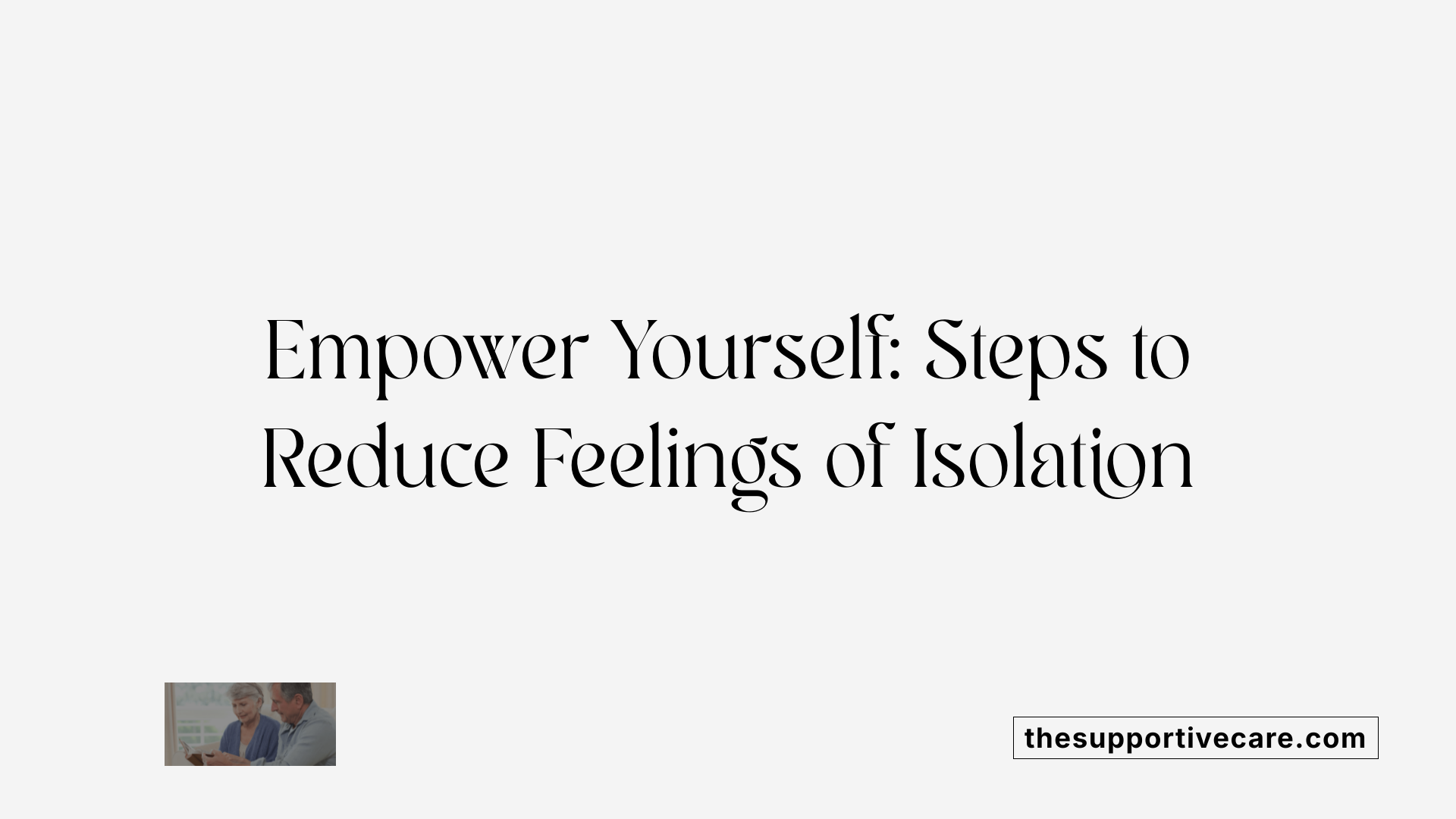
Maintaining consistent contact with loved ones
Regular communication with family and friends helps to reduce feelings of isolation. Simple actions like phone calls, video chats, or in-person visits reinforce social bonds and provide emotional support.
Sharing feelings through journaling and therapy
Expressing emotions by writing in a journal or talking to a therapist can provide relief and clarity. Therapy offers a safe space to explore feelings of loneliness, develop coping methods, and process complex emotions.
Joining group activities and volunteering
Participating in community groups or volunteering offers opportunities to meet people with shared interests. These social connections create a sense of belonging and purpose, which are essential in combating loneliness.
Practicing mindfulness, self-care, and healthy lifestyle habits
Mindfulness and self-care activities, such as meditation, regular exercise, and healthy eating, help manage stress and improve mood. These habits promote resilience and improve overall well-being.
Seeking professional help when loneliness becomes chronic or leads to depression or anxiety
Chronic loneliness can significantly impact mental health. Professional support, including cognitive behavioral therapy (CBT), can help reshape negative thought patterns and improve social functioning. Early intervention is important to prevent further complications such as depression or anxiety.
Toward Holistic Healing: The Future of Combating Loneliness Through Behavioral Health
Combating loneliness requires a multi-dimensional behavioral health approach that embraces the complexity of co-occurring disorders and the chronic nature of addiction and mental illness. Through integrated treatment programs, evidence-based behavioral therapies, and robust community and digital support networks, individuals can navigate the isolating effects of loneliness toward sustained recovery and improved quality of life. Public health initiatives and accessible resources further enhance this effort, underscoring that loneliness is not just a personal challenge but a societal one. By fostering connection, resilience, and comprehensive care, we can dismantle the barriers of isolation and build healthier communities for all.
References
- FindTreatment.gov: Home
- Loneliness and Addiction: Is There a Link?
- Finding Help for Co-Occurring Substance Use and Mental ...
- Mental Health and Loneliness - The Recovery Village
- Evidence-Based Practices Resource Center
- 5 Ways to Combat Loneliness in Your Addiction Recovery
- The Loneliness Epidemic: Resources To Support Mental ...
- Finding Help for Co-Occurring Substance Use and Mental ...



































































































